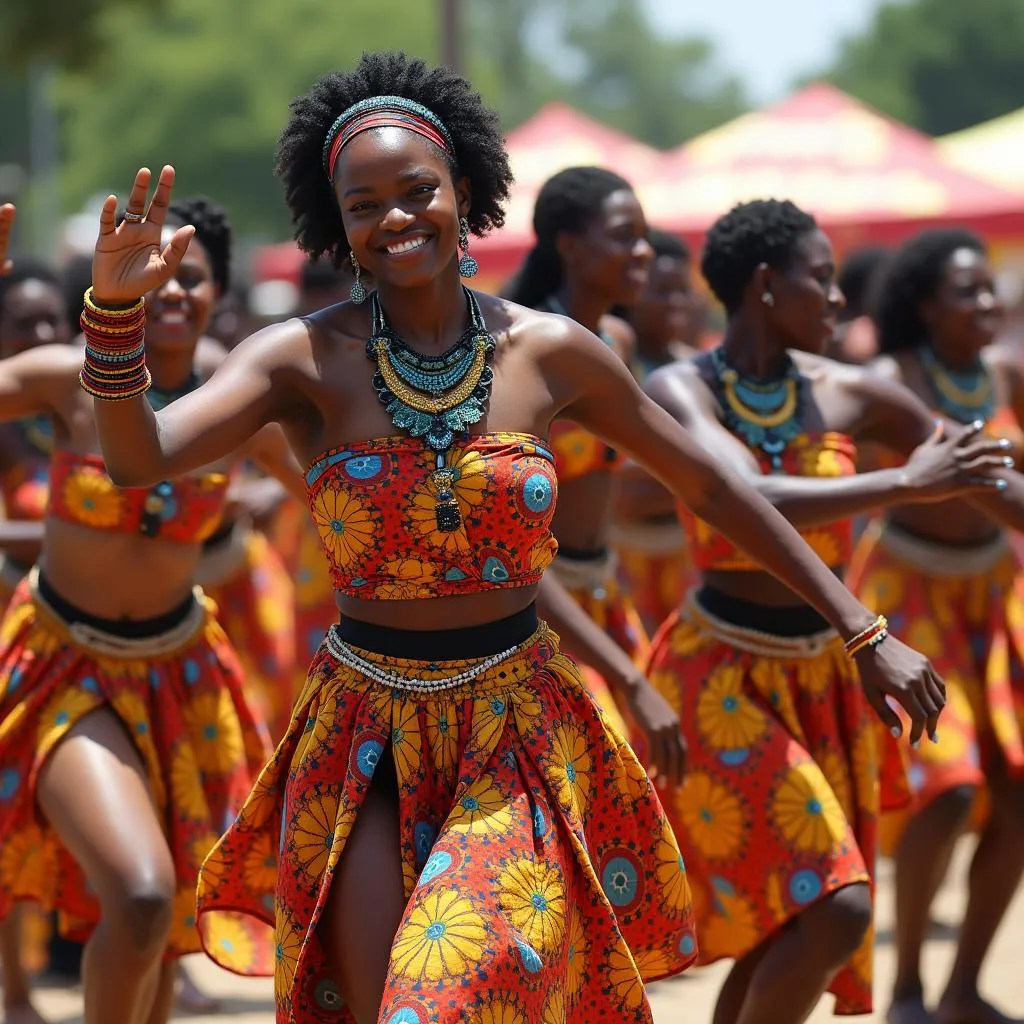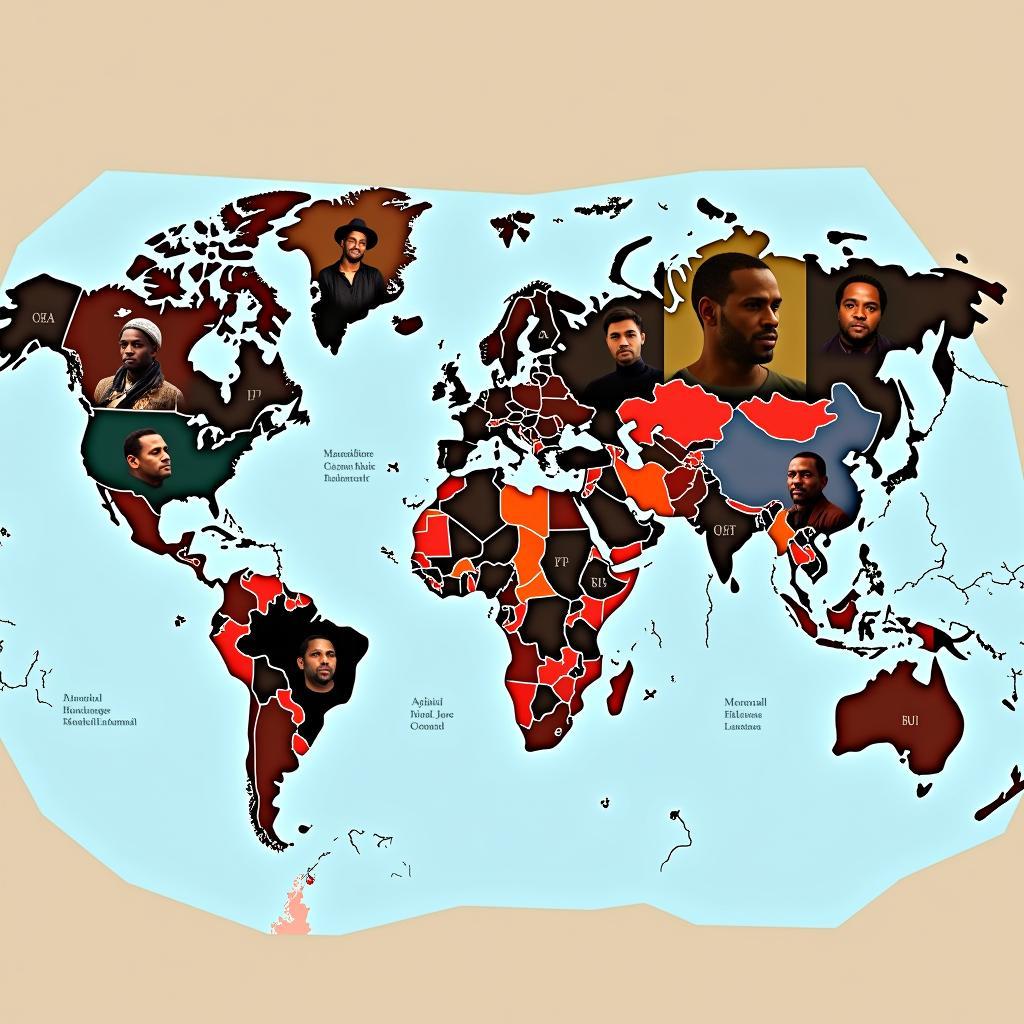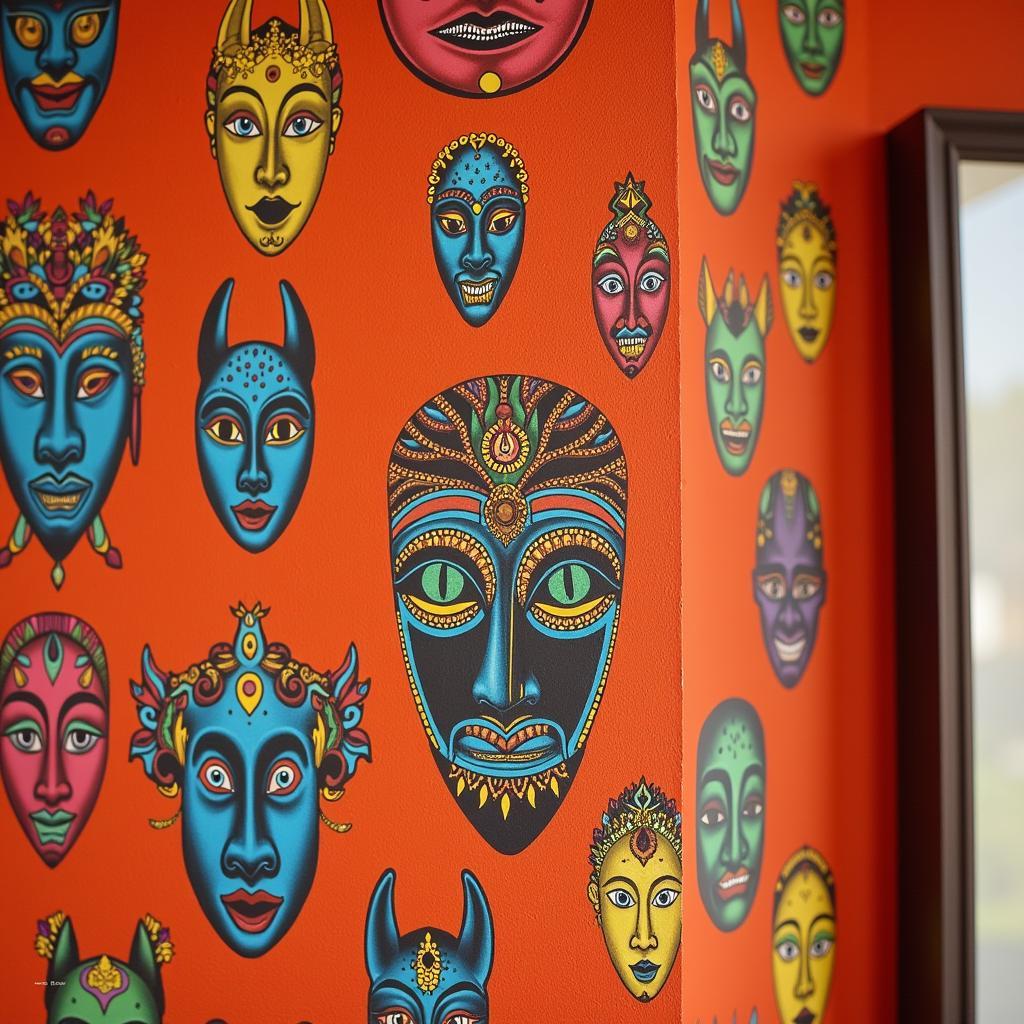The Beauty and Importance of African Traditional Dance: Exploring the Deeper Meanings of Movement
African dance is a vibrant and expressive art form that has been passed down through generations, playing a vital role in cultural celebrations, storytelling, and spiritual expression. While the specific styles and meanings vary widely across the continent’s diverse regions, African dance is universally recognized for its captivating rhythms, intricate movements, and powerful energy. This article delves into the fascinating world of African dance, exploring the deeper meanings behind these captivating movements.
One of the most captivating aspects of African dance is its ability to convey stories and emotions without the need for words. Traditional dances often depict historical events, myths, and legends, using body language, gestures, and facial expressions to convey the narrative. For example, the “Mbalax” dance from Senegal is known for its energetic and rhythmic movements that reflect the spirit of resistance and resilience of the Senegalese people. Similarly, the “Gnawa” dance from Morocco, performed by a Sufi brotherhood, uses trance-inducing rhythms and intricate body movements to connect with the divine.
Beyond storytelling, African dance serves a vital role in social cohesion and cultural transmission. Traditional dances often serve as platforms for community gatherings, celebrations, and rituals, strengthening bonds between individuals and fostering a sense of belonging. These dances are often performed during festivals, weddings, and religious ceremonies, providing opportunities for community members to come together and share their cultural heritage.
Furthermore, African dance is deeply rooted in spirituality and connects individuals to their ancestors and the natural world. Many traditional dances are believed to have healing properties, used to ward off evil spirits, promote fertility, or seek guidance from the divine. For example, the “Ndumbo” dance from Zimbabwe is performed to appease the spirits of ancestors, while the “Assiko” dance from Cameroon is used to celebrate life and fertility.
African dance is an expression of joy, sorrow, love, and resilience, reflecting the rich and diverse cultures of the continent. It is a powerful form of communication that transcends language barriers, uniting people from different backgrounds through shared rhythms and movements. By understanding the cultural significance of African dance, we can gain a deeper appreciation for the beauty, complexity, and power of this art form.
Exploring the Diverse Styles of African Dance
The continent of Africa is home to a diverse range of dance styles, each with its unique history, characteristics, and cultural significance. Here are some examples of popular African dance forms:
- Traditional dances: These dances are often passed down through generations and are integral to the cultural identity of specific communities. They may be performed for various purposes, including celebrations, rituals, and storytelling.
- Contemporary dances: These styles are a fusion of traditional African dance techniques with modern influences, often incorporating elements of ballet, jazz, and contemporary dance.
- Dance theatre: Blending dance, music, and theatre, this art form uses dance to tell stories and explore social and political themes.
The Impact of African Dance on the World
African dance has had a significant influence on dance forms around the world. Many modern dance styles, including jazz, hip-hop, and contemporary dance, have incorporated elements of African dance, such as rhythmic patterns, dynamic movements, and expressive gestures. African dance has also inspired the development of new dance forms, such as afrobeat dance, which combines elements of traditional African dance with modern music and contemporary movement.
The Importance of Preserving African Dance
Despite its rich history and cultural significance, African dance faces challenges in the modern era. The rapid pace of urbanization and globalization can lead to the erosion of traditional knowledge and practices, including dance forms. It is important to support efforts to preserve African dance traditions through education, documentation, and performance.
Q&A
1. What are some of the key elements of African dance?
Answer: Key elements of African dance include rhythmic patterns, intricate movements, expressive gestures, and a strong connection to the community and cultural heritage.
2. What are the social and cultural functions of African dance?
Answer: African dance serves as a platform for community gatherings, celebrations, rituals, and storytelling, strengthening bonds between individuals and preserving cultural heritage.
3. What is the significance of African dance in spirituality and religion?
Answer: African dance is often associated with spirituality and connects individuals to their ancestors and the natural world. It may be used for healing, warding off evil spirits, seeking guidance, and celebrating life and fertility.
4. How has African dance influenced dance forms around the world?
Answer: African dance has had a significant impact on modern dance styles, including jazz, hip-hop, and contemporary dance, influencing rhythmic patterns, movements, and expressive gestures.
5. Why is it important to preserve African dance traditions?
Answer: Preserving African dance traditions is crucial for maintaining cultural heritage, fostering community cohesion, and ensuring that future generations can experience the beauty and richness of this art form.
6. How can I learn more about African dance?
Answer: You can learn more about African dance by attending workshops, performances, and cultural events. There are also many resources available online, including videos, documentaries, and articles. You can also explore the work of professional dancers and dance companies specializing in African dance.
7. How can I support the preservation of African dance?
Answer: You can support the preservation of African dance by attending performances, donating to cultural organizations, and advocating for the continued development of this art form. You can also share your knowledge and appreciation for African dance with others, fostering a greater understanding and appreciation of this rich cultural heritage.
 African dance performers celebrating cultural heritage
African dance performers celebrating cultural heritage
By delving into the world of African dance, we gain a greater understanding of the continent’s rich cultural tapestry and the power of movement to connect people across time and space. As we continue to explore and appreciate the unique rhythms and movements of this captivating art form, we can contribute to its preservation and ensure that its vibrant traditions continue to inspire and captivate generations to come.

